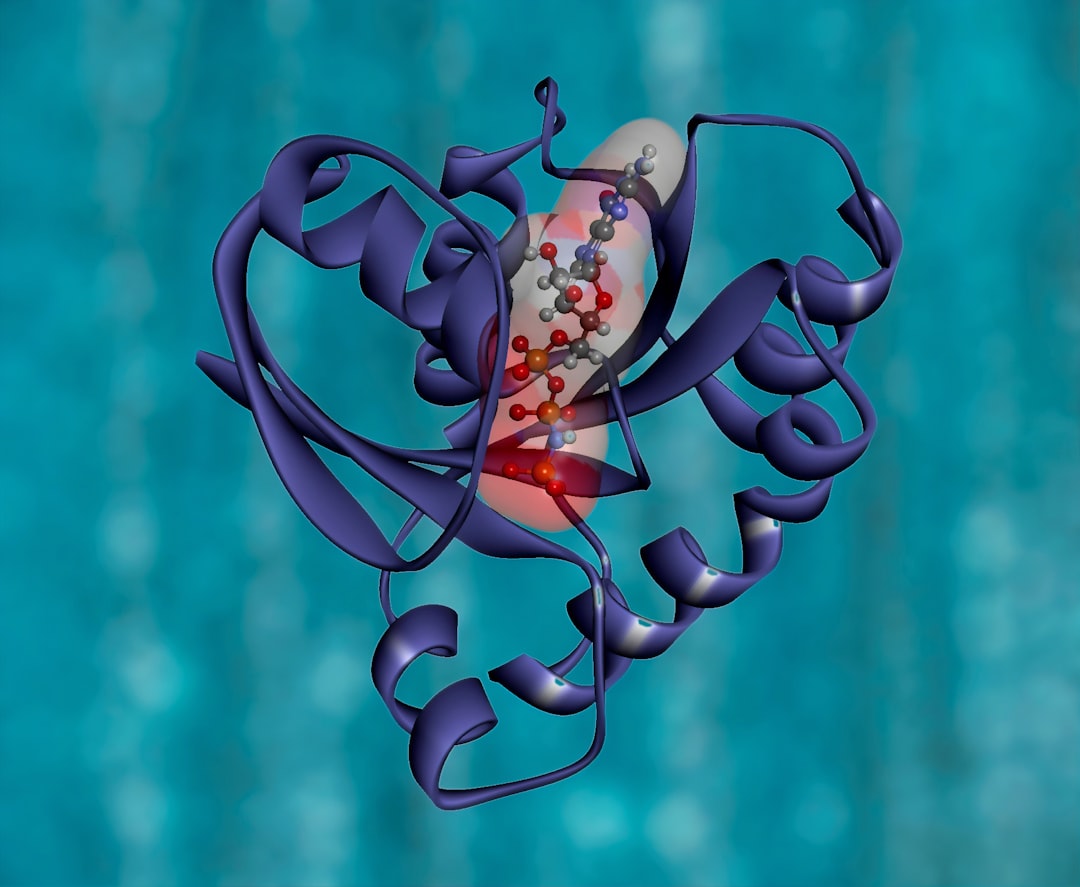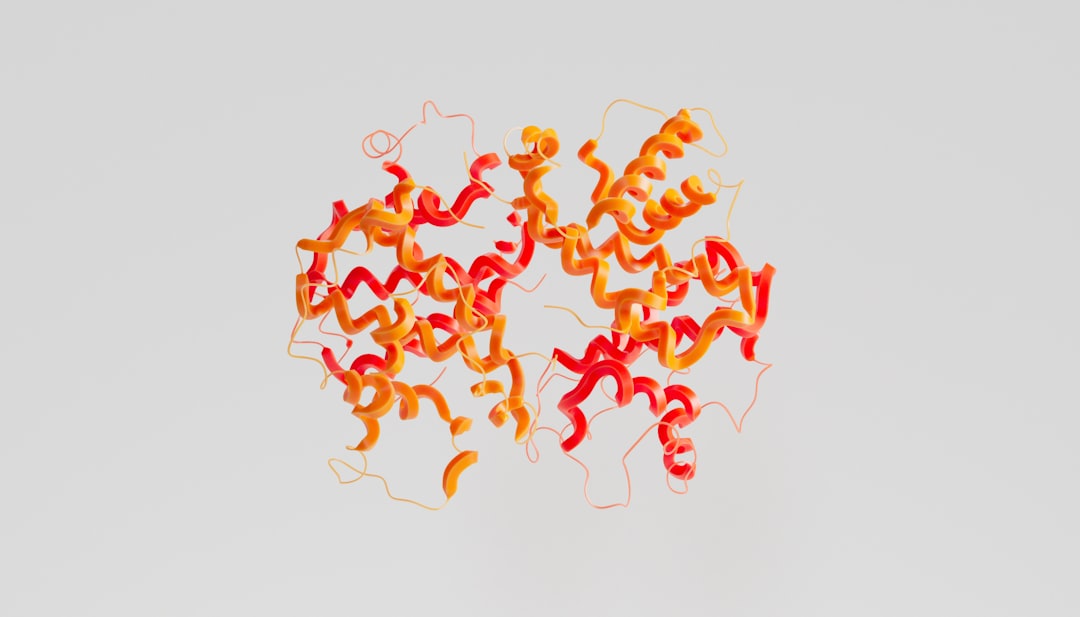What is it about?
Nitro-benzoxadiazole (NBD) compounds, currently used as bio-conjugation agents, are of great interest for human health. This study highlights the vulnerability of the extracellular region of EGFR in the perception of external signals by binding of small electrophilic molecules that leads to enhanced modulation of the receptor activity in cancer cells.
Featured Image
Why is it important?
Studying interactions of reactive NBD compounds with EGFR will help to understand as yet unknown aspects of tumor development and progression. Therefore, this paradigm opens a promissing way to devise alternative therapeutic strategies targeting the receptor that plays a crucial role in governing major signaling pathways
Perspectives
The method of small molecule microarrays was developed and used for High-throughput and cost-effective screening chemical compound libraries. Reactive derivatives bearing the scaffold of nitro-benzoxadiazole (also referred to as nitro-benzofurazan) were detected, which bind to and activate auto-phosphorylation of EGFR in breast cancer and lung cancer cells. Studying nitro-benzoxadiazole interactions with protein targets, resulting in aberrant cellular responses, is important for understanding the role electrophilic stress in cancer progression.
Professor Vehary Sakanyan
University of Nantes
Read the Original
This page is a summary of: Screening and discovery of nitro-benzoxadiazole compounds activating epidermal growth factor receptor (EGFR) in cancer cells, Scientific Reports, February 2014, Springer Science + Business Media,
DOI: 10.1038/srep03977.
You can read the full text:
Resources
High-throughput screening strategy to detect small compounds bound to the extracellular region of EGFR
Structure of nitro-benzoxadiazole compounds
Molecular cloning of regions coding the EGFR extracellular region domains.
Protein-protein interaction surfaces, including the protruding dimerization loop, are hidden in the tethered ligand-unbound conformation of the monomeric form of EGFR2. To override this obstacle, advantage of the domain organization of the extracellular region of EGFR was used to construct shortened proteins, thereby providing small molecule interactions with the whole surface of the this region.
Contributors
The following have contributed to this page










